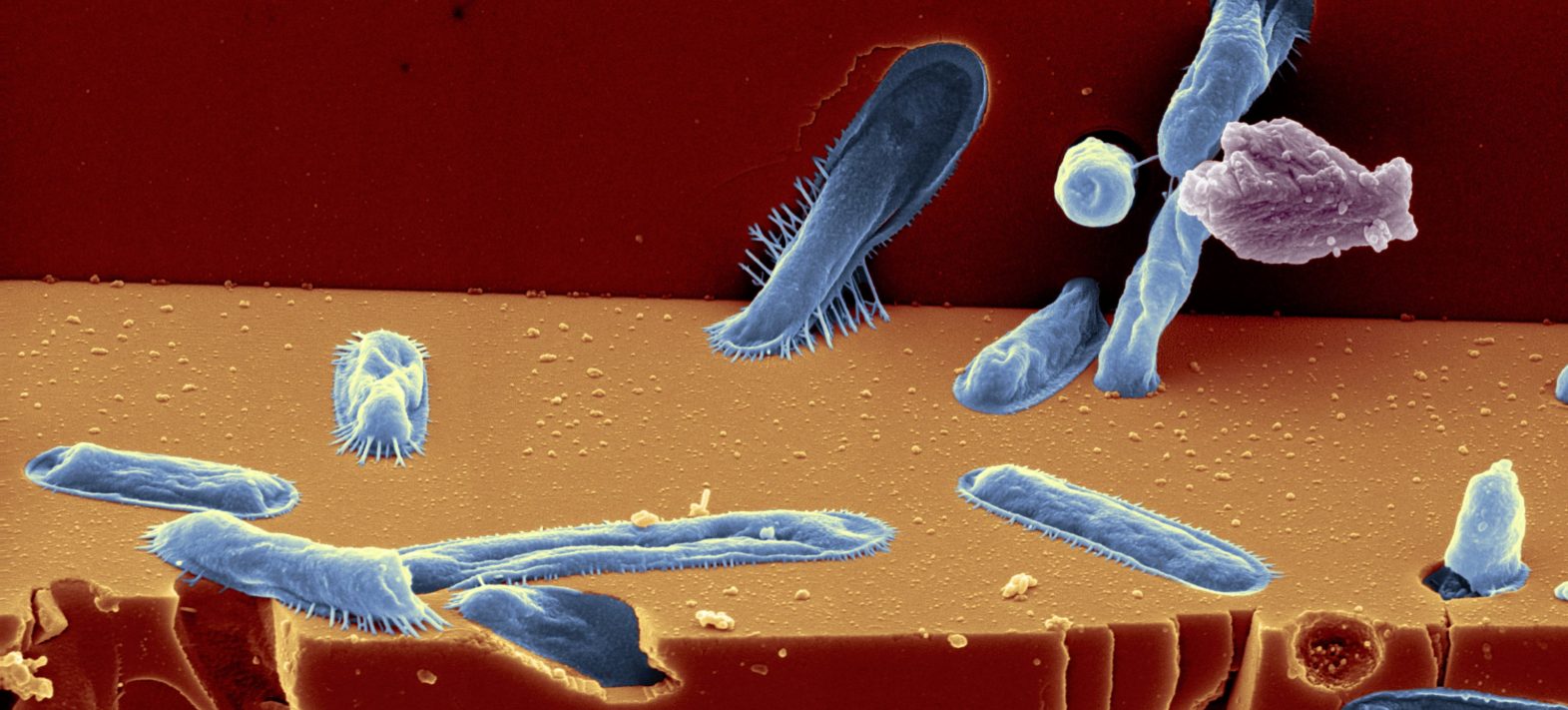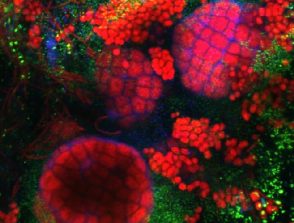Thermal analysis of (bio)carbonates for the search for traces of life in extraterrestrial environments

Start: 01 September 2019
End: 26 June 2023
Supervisors :
Bénédicte Menez, Fabien STALPORT
Related teams :
Lithosphere Organosphere Microbiosphere (LOMs)
Status: Defended
The search for organic compounds related to life in extraterrestrial environments is currently the main strategy to highlight a possible extinct or extant extraterrestrial life. However, these organic compounds are susceptible to chemical evolution or even complete degradation in such environments. An alternative to detect evidence of life is to search for other products of biological activity such as minerals, probably more resistant to the extreme physical and chemical conditions that prevail in these environments, and potentially able to protect and preserve in their crystallographic structure, organic compounds of biological origin. The objective is therefore to be able to distinguish bio- and organo-minerals from their abiotic counterparts using instruments as close as possible to those aboard space missions dedicated to these issues. Thermal analyses such as differential thermal analysis (DTA) coupled to gas chromatography-mass spectrometry (GC-MS) as well as Rock-Eval analysis (RE) share similarities with space instruments such as SAM (Sample Analysis at Mars) of the MSL mission (Mars Science Laboratory) and MOMA (Mars Organic Molecule Analyser) of the ExoMars mission. This PhD project evaluated the potential of the joint use of (bio)mineral crystallographic parameters, obtained by Xray diffraction, and thermal degradation and associated gas emission profiles, obtained by DTA-GC-MS and RE, to differentiate the microbial or abiotic origin of carbonate samples. Combined, these analyses provide chemical and structural information on the mineralogical and organic fractions of the studied samples with a distinction between surface organic compounds and those trapped in the crystal structure of carbonates. Validating such an approach requires the selection of a wide variety of terrestrial carbonate samples (Ca, Ca/Mg, Mg) of diverse origins and chemistry, such as natural abiotic or biologically related carbonates formed in environmental settings where microbial life impacts the formation of solid carbonates (e.g., ancient and modern lakes hosting microbialites, alkaline hydrothermal vents, continental geysers, cold seeps) as well as synthetic (bio)carbonates of known composition. To this aim, laboratory carbonates were precipitated using carbonatogenic microbial strains or by organomineralization (i.e., in the presence of solely organic molecules). Thermal, chemical and crystallographic data collected with analytical conditions close to those of space missions were used to build a chemometric model based on principal component analysis (PCA) that was tested to distinguish bio-related minerals from abiotic samples. A striking result of these PCA analyses is the individualization of distinct groups of carbonate samples related to their mineralization process. Such a combined multimodal and statistical approach could then be used to search for possible traces of life based on the study of bio-related minerals in extraterrestrial environments such as Mars, Enceladus and Europa, by current and future space explorations.
Funded by DIM-ACAV+, Région Ile de France
Keywords : Ca-and Mg-carbonates; thermal analysis; multivariate analysis; Mars; life detection; microbial biominerals; X-ray diffraction





